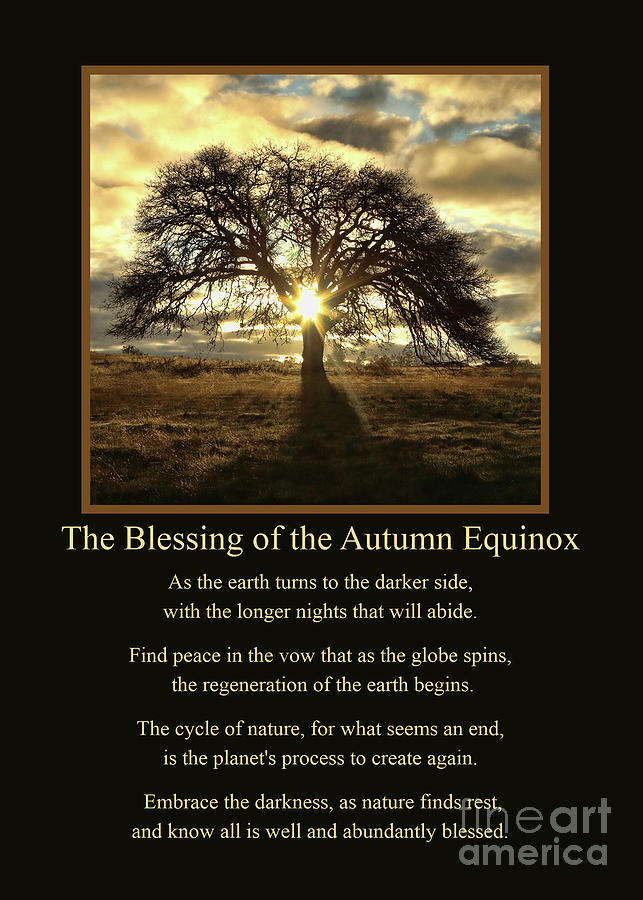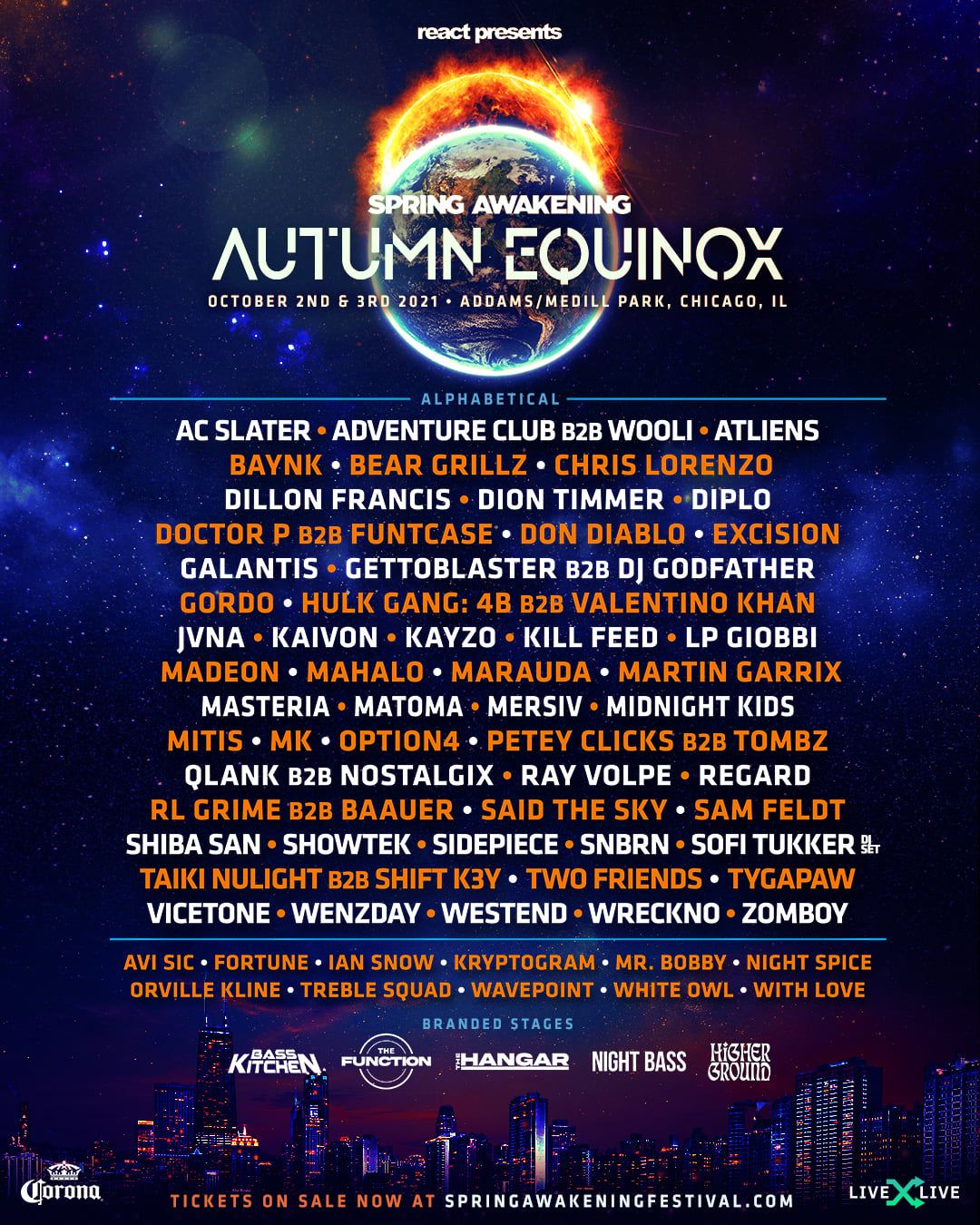

A successful aurora adventure places equal emphasis on discovering the natural wonders around you, exploring wilderness trails, heading out whale watching or trying out a host of other activities available in autumn. They don’t cower from daylight or obsess (too much) about solar flare forecasts. It’s worth noting that seasoned aurora hunters are not nocturnal creatures. The reactions cause light – or an auroraįind out more about the science behind the aurora ».They collide with oxygen and nitrogen molecules.Electrons and protons hurtle towards earth.A solar flare erupts from the sun’s surface.

Apologies if you’re a budding astrophysicist, but let’s sum it up with the following: It involves all kinds of solar shenanigans and molecular mayhem. The science bit is fiendishly complicated. Successful aurora hunting basically boils down to science, timing, location and a spot of luck. Of course, it’s impossible to predict exactly when the aurora will appear – and if you head into the aurora zone any time between mid to late August and mid-April you chance to experience nature’s greatest light show – but there is something about the time around the equinox that auroras seem to love. While the aurora borealis is visible from late August, it is the equinox, which occurs on 22 September in 2021, that gives this cosmic light show an extra boost often producing some of the best northern lights activity. It is also the perfect time for catching glimpses of green! The autumn equinox occurs around the 21-23 September each year marking the official end of summer and beginning of autumn, a time of year known for it’s incredible reds, oranges and yellows.


 0 kommentar(er)
0 kommentar(er)
